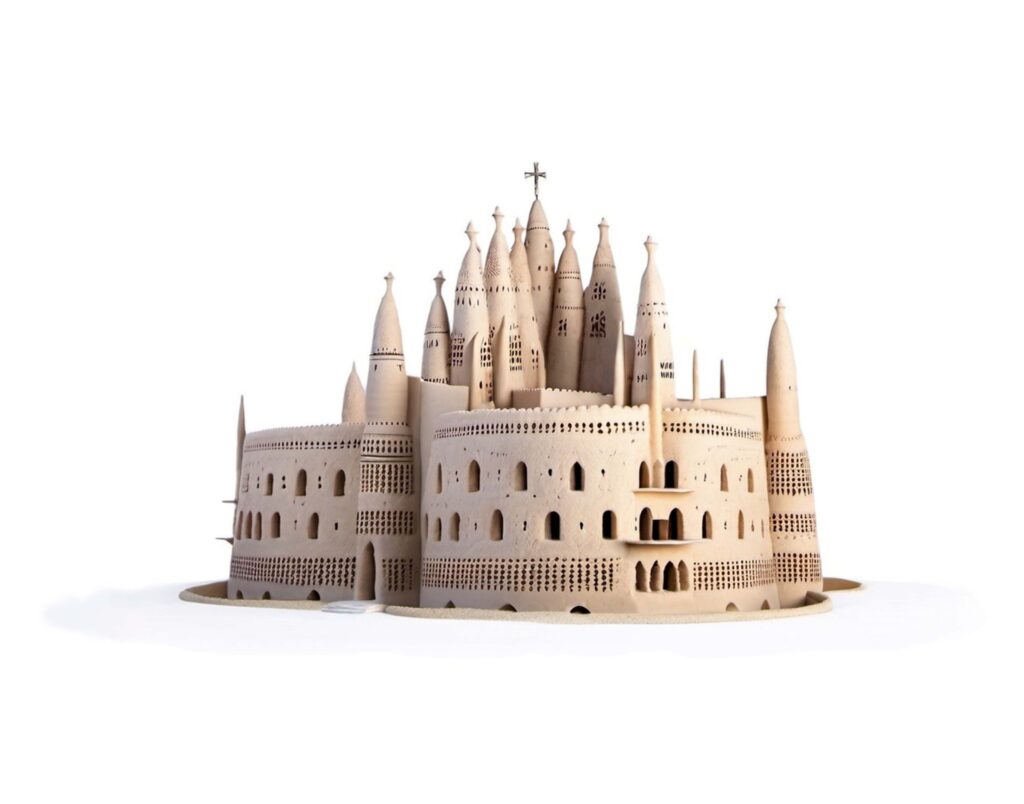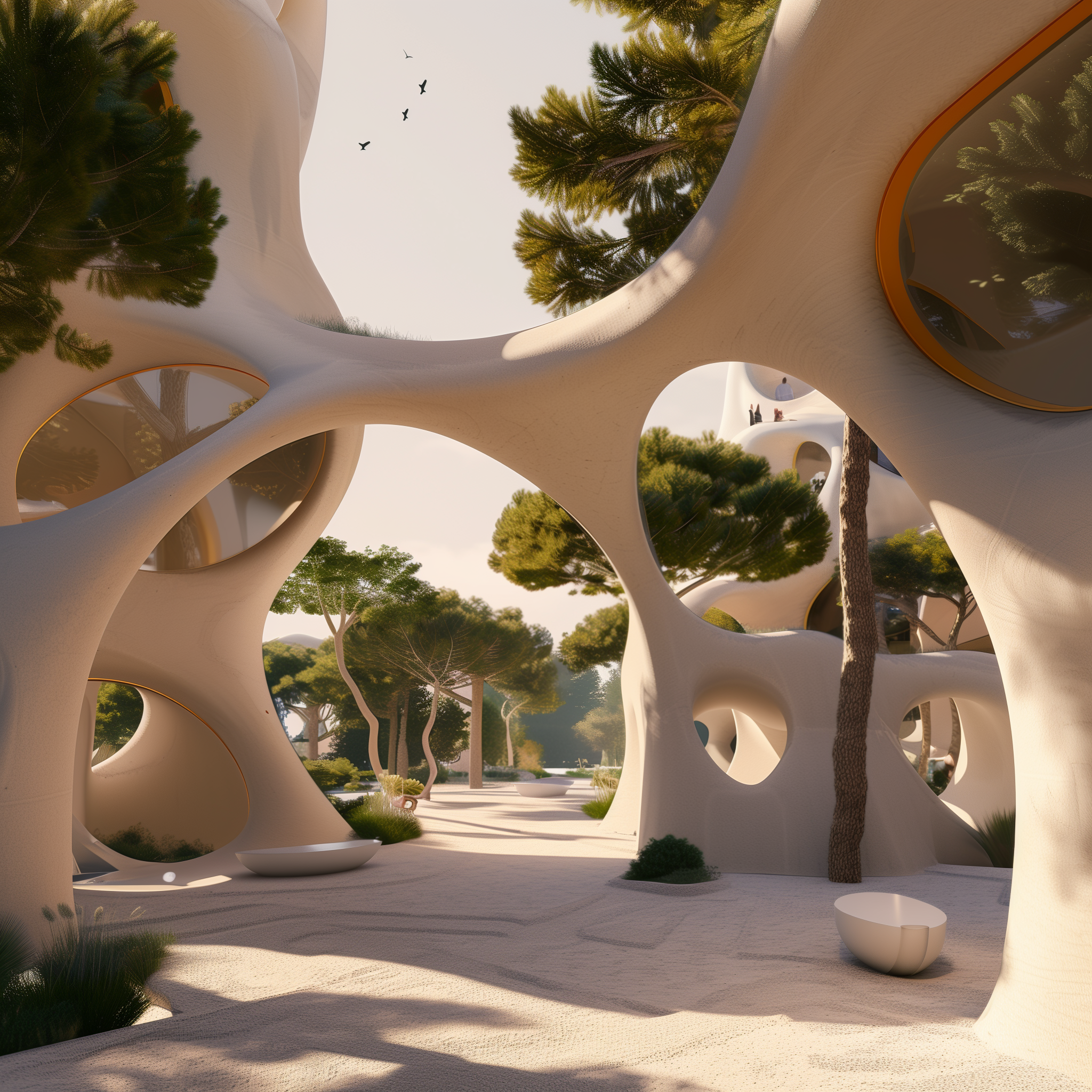A lost architectural marvel?
Antoni Gaudí's unrealized project, the "Franciscan Missions of Tangier," conceived between 1892 and 1893, was intended to be a grand complex comprising a church, convent, hospital, and school in Tangier, Morocco. Despite its failure due to political and economic reasons, the project's innovative designs and Gaudí's symbolic architectural language left a lasting impact on his subsequent works.





